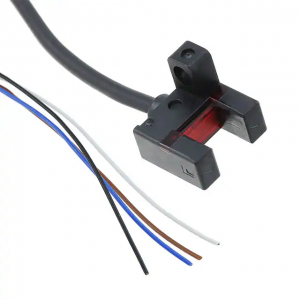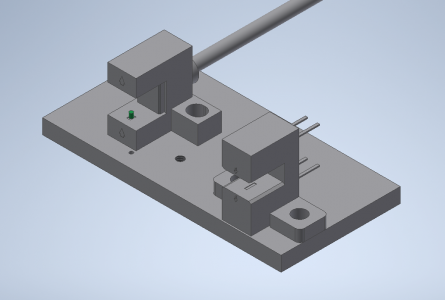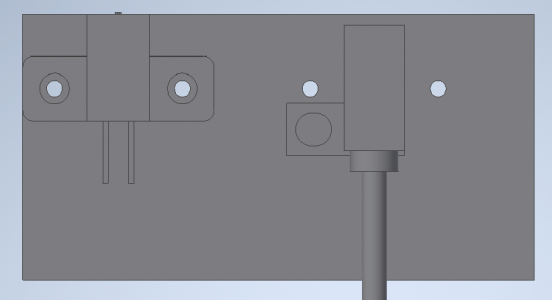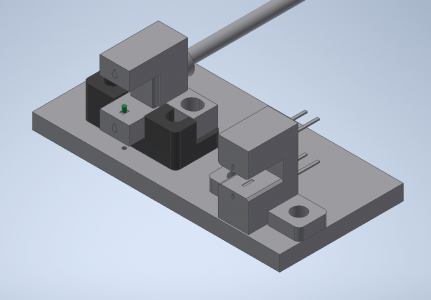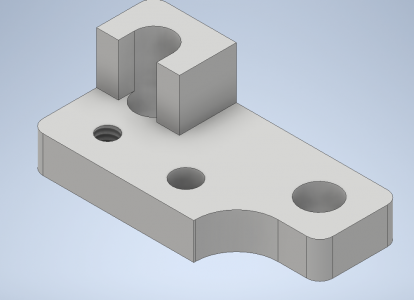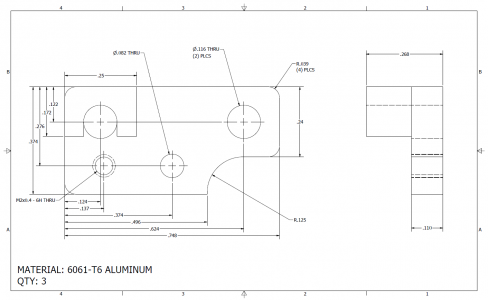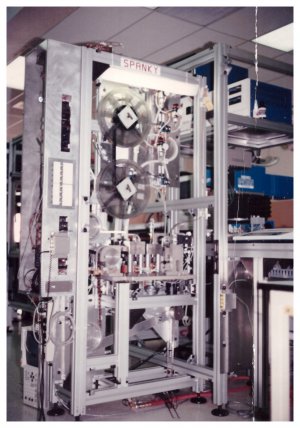- Joined
- Mar 26, 2018
- Messages
- 2,724
Can you not just buffer those limit switches with an appropriately chosen and arranged transistor circuit? Should be way simpler than replacing the ones that are hard to get to?
I definitely could, but it would require me to add a new circuit board somewhere. I don't have a good spot to add one, nor do I want a hand soldered breadboard hanging somewhere (not that the wiring is all that pretty right now, but at some point, I'd like to put this into an enclosure.
I have to pull the T2 sensor out anyways, and I'm considering machining a new code wheel for the T1 joint sensor, so I'll likely be pulling it all apart anyways. Bit of a bummer, but it will be cool to see further inside the joints. Doesn't look too hard to do, other than dealing with the weight.
The gearboxes are supposed to get repacked every 8000 hours of operation with Harmonic Drive brand SK-1A harmonic drive grease. Bet that is overdue... Wonder how much a tube would cost if they'd even sell it to me.



